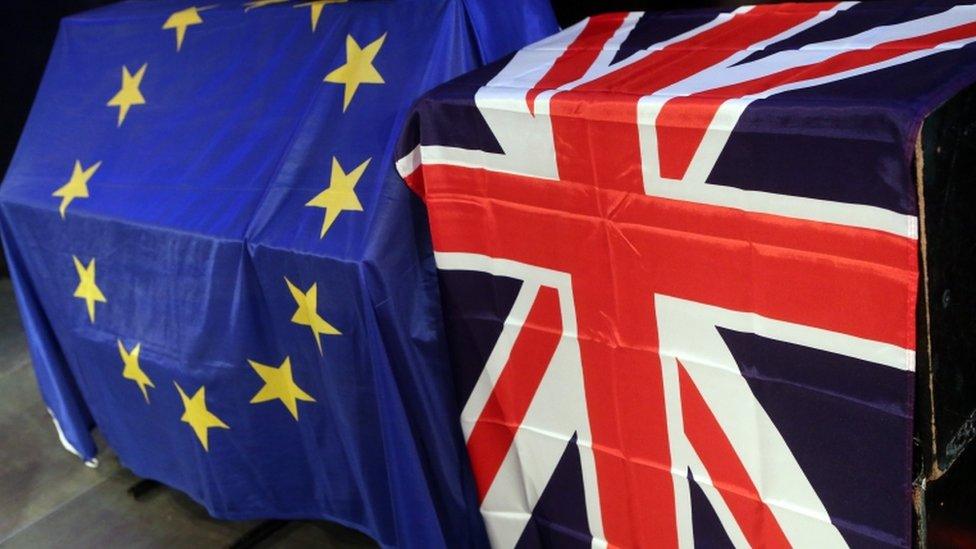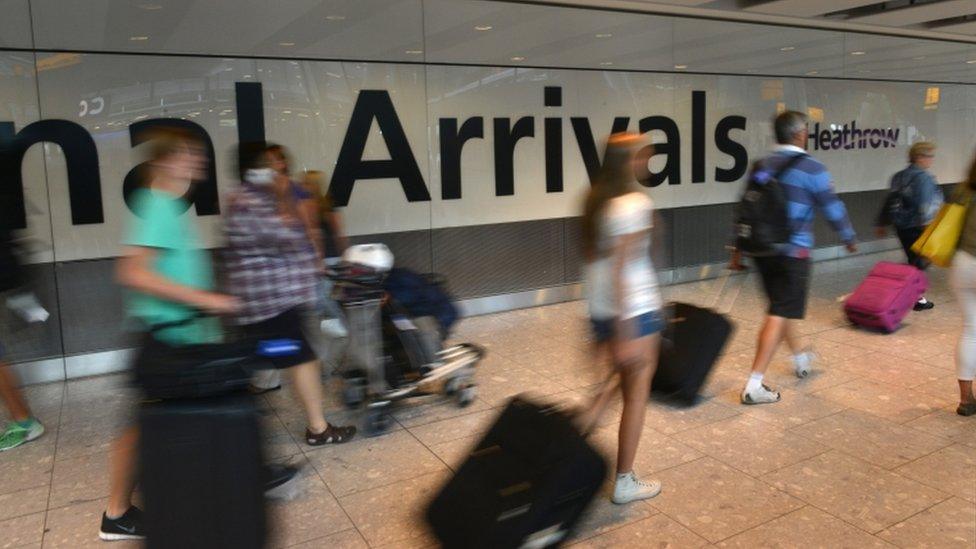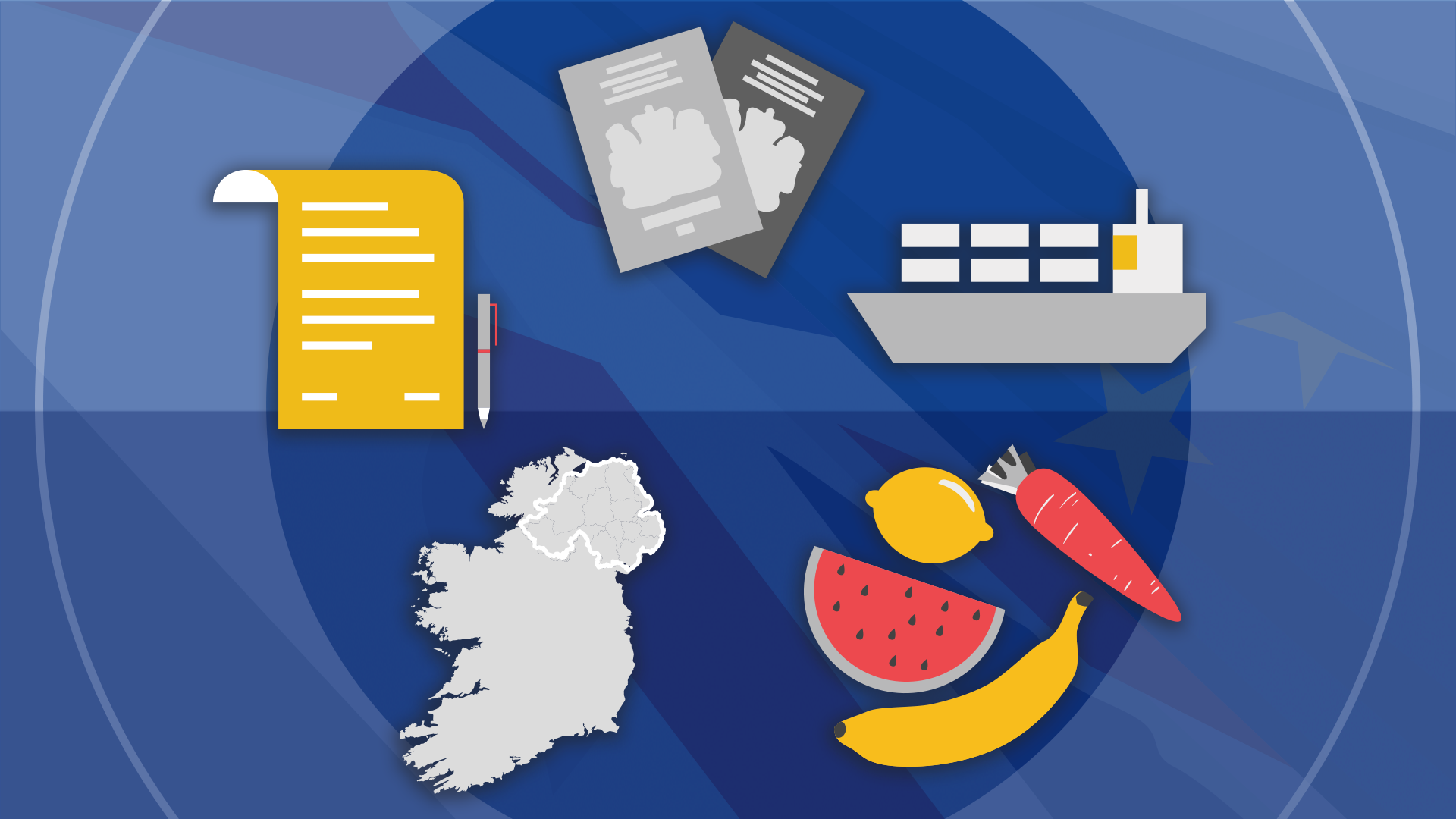EU Referendum war of words becomes a numbers game
- Published

UK voters will decide whether we remain in the EU in the referendum on 23 June
"83% of all statistics are invariably wrong."
Whoever came up with that quip was clearly on to something. They could have been talking about the EU Referendum campaign.
Because the rival claims and counter-claims suggest that even this percentage may be an underestimation.
Take for example that £50m per day figure emblazoned on Vote Leave's battle bus as the price of British membership of the EU.
Time and again Remainers tell us it's a fraudulent concoction. To which the Brexiteers tell us the three million figure claimed by Britain Stronger in Europe as the number of jobs directly dependent on our unfettered access to the EU's Single Market is itself completely groundless.
Unvarnished numbers
No wonder so many people feel that the relentless onslaught of more or less reliable information or disinformation is leaving them puzzled and perplexed.
So where can we turn for some accurate numbers?
It is all the more important as both sides are ratcheting-up the immigration issue: Vote Leave, by proposing an Australian-style points system based on skills; Britain Stronger in Europe retorting that the proposal would wreck the economy and may even increase net immigration.
In search of some unvarnished, unmassaged numbers to show what really is happening in one of those areas where migrant workers are most in evidence, I turned to the Office for National Statistics.
What can the number-crunchers tell us, for example, about Herefordshire, famous for its apple orchards, polytunnels and, increasingly, for the migrant workers from eastern EU countries who go there to pick the crops?
Are public services being put under strain? What is the true impact on local communities?

Farms currently rely heavily on migrant help to harvest seasonal crops
Class sizes
Out of a total Herefordshire population of 187,200 just over 5,000 (2.8%) were born in countries that have joined the EU during the past 10 years.
Over 3,000 were born in Poland, so not surprisingly Polish is the second most widespread language in the county - it's the first or "preferred" choice for 2,900 residents, that's 1.6% of the population over the age of three.
The influx has also reversed earlier falls in Herefordshire's population. Having fallen by 5% from 2001, between 2004 and 2013 the number of 16 to 34-year-olds increased by 15%, or 5,100 more young adults.
So how does this play out in terms of the demand for school services?
Herefordshire Council tell us the number of primary school children in the county with English as a second language has nearly doubled in five years from 362, or 3.5% in 2010, to 712, or 6.8%, last year. But the average class size has hardly changed in that time: It was 25.7 in 2010 compared with 25.6 last year.

Leave campaigners are advocating an Australia-style points system to manage immigration
Across the West Midlands as a whole, the ONS reports that out of a total population of 5.23 million, 199,000, or 3.5%, are from other EU countries. And of those 199,000, 116,000 are from the eight most recent eastern European accession countries.
Good information. And not before time, you may think. But what's to be made of it? Does it reinforce or undermine some of the arguments about immigration which are being deployed in the final stages of the campaign?
This is where the politicians come in again.
I'll be joined by two of them, from opposite sides of the European debate, in this weekend's Sunday Politics Midlands. Karen Lumley MP, Conservative, Redditch, wants to leave the EU and Adrian Bailey MP, Labour, West Bromwich West wants to remain in.
And I hope you will be able to join us too, from 11:00 on BBC One this Sunday 5 June 2015.
Here at least are some numbers you can rely on.
- Published31 May 2016

- Published30 December 2020

